Innovative Primary School Puts Down Roots in Denver
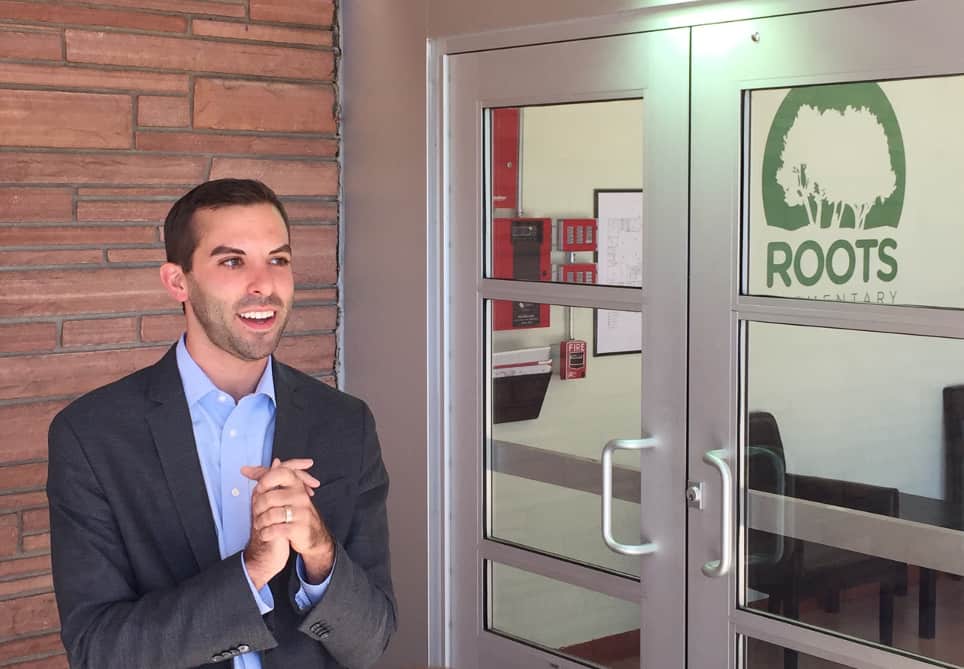
Like many good ideas, Roots Elementary started as a napkin drawing. Jon Hanover shared his sketch of a student-centered elementary school in a big open room with colleagues at Charter School Growth Fund and a few leaders at Denver Public Schools. He imagined a school where students are creators not just consumers, where real time data drives learning experiences, where learning is personal and where community assets are leveraged. The sketch evolved and turned into a charter school application which DPS approved last year.
Roots Elementary opened last month to K-1 students from all over the city of Denver. It is housed in a temporary facility but one pretty close to the facilities design that will be replicated in their new site across the parking lot.
As you round the first corner out of the front office space you catch a glimpse of the magic that makes Roots special. You see “The Grove”, the reality of the initial napkin sketch, a great room that houses the buzzing students and the energetic staff that make up the elementary school. Students spend much of their day in this large, open space. They work independently or in small groups on projects aligned to their personal learning plans. Then, several times throughout the day, master teachers pull flexible groups of students into meeting spaces to receive targeted skill instruction.
How do students know where they need to be?
Students check into centers by scanning a QR code with their well protected iPads (see picture below). The Roots team identified that getting kids to each station effectively would be a challenged and developed a solution that would let kids know where to go without requiring them to read. The solution came from a creative use google calendar with a self developed app that could be run on the students’ iPads and sync up with a color coded classroom — fun to see how it all works together to support students’ independences before they can even read.
What was happening in The Grove during our visit?
Station style rotation where the young (sometimes squirmy) students are given the opportunity to move frequently. Teachers staff each station and students check in by scanning a QR code with their iPad (well protected in giant otterbox style cases).
- A Maker Space: What may be called a craft table in a traditional kindergarten room is sending a different message and fostering a different culture here. Little mini tables are stocked with blocks, arts & crafts materials, and whatever supplies are necessary to complete the day’s given activity.
- An iPad Station: It’s often hard to image independent and personalized instruction for kindergarten and first grade (when reading skills are limited), but ST Math’s non-verbal focus allowed for a highly engaged and personalized math station.
- Group Discussion: This was a teacher led group in which students were learning the meaning of non fiction by analyzing an image as a group. The teacher asked some guiding questions to help move conversation, but what was really impressive here, was the protocol and culture that was being enforced. What we heard and saw:
- “I agree with…because…”
- “I disagree with… because…”
- When students agreed with an answer or sharing, they showed a thumbs up, disagree thumbs down.
- Math Manipulatives: We saw students experiencing ideas in multiple modalities. In the image below, you see students (and Peter Piccolo, DPS’s Deputy Director of Office of School Reform and Innovation) exploring ideas at a math manipulatives station.
It was great to see the work of Jon and his team in action and it will be fun to follow how the concept of The Grove evolves over time!
For more, check out:
- Elected Board Urges Innovation in Denver
- Smart Cities Denver: Where Advocates & Partnerships Are Making an Impact
MIND Research, creator of ST Math, is a Getting Smart Advocacy Partner.
Stay in-the-know with all things EdTech and innovations in learning by signing up to receive the weekly Smart Update.



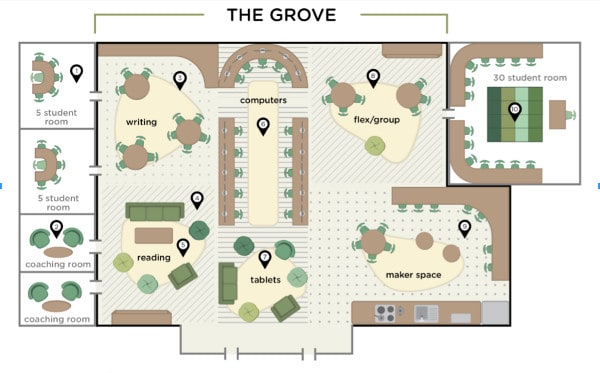
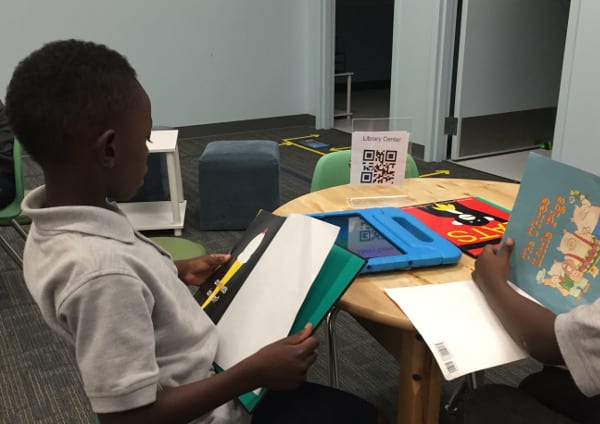
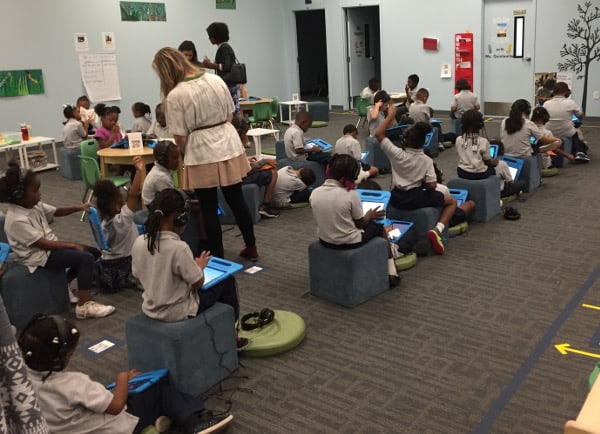
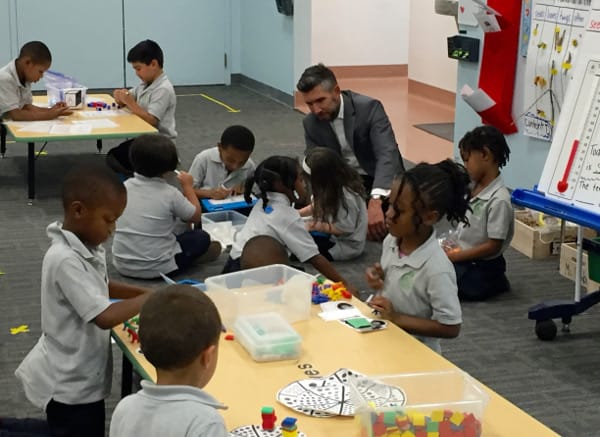



واردات تجهیزات
Dear Megan Mead,Thank You...